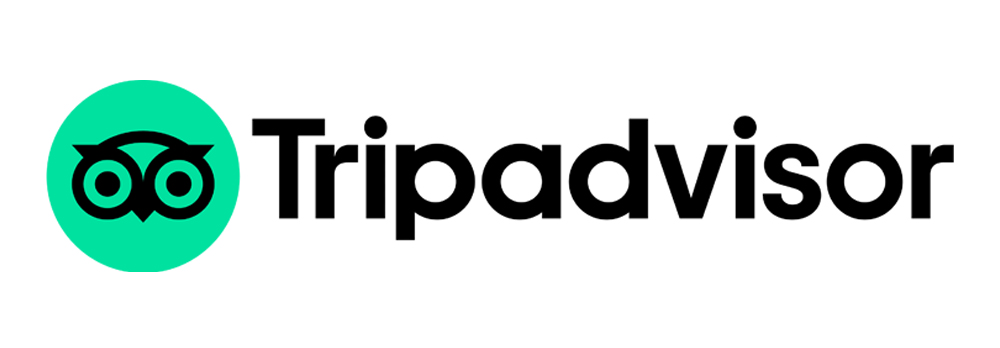Obtaining the right travel insurance is crucial when planning to climb mountains in Nepal, such as Island Peak. Given the risks associated with high-altitude climbing, ensuring that your insurance policy covers the specific conditions and altitudes you will encounter is essential. Here are some key considerations to keep in mind when selecting travel insurance for high-altitude trekking and climbing in Nepal:
Altitude Coverage
- Check Altitude Limits: Many standard travel insurance policies do not cover activities above certain altitudes (often around 2,500 meters). Since peaks like Island Peak reach upwards of 6,000 meters, you must find a policy that specifically covers altitudes up to and beyond this height.
Medical Coverage
- High-Altitude Sickness and Emergencies: Ensure that the policy covers treatment for acute mountain sickness (AMS), helicopter evacuations, and other medical emergencies. The costs of such evacuations and treatments can be substantial, and immediate transport is often necessary in severe cases.
Activity Coverage
- Specific Activities: Ensure your insurance covers mountaineering and trekking. Some policies exclude “adventure sports” unless an additional premium is paid.
Duration and Validity
- Travel Dates: Your insurance should cover the entire duration of your trip from departure to return. Double-check the policy’s start and end dates.
Repatriation and Rescue
- Evacuation Services: Check if the policy includes the cost of rescue operations and repatriation back to your home country, which is crucial for remote mountain areas.
General Health Insurance
- Overall Health: Besides emergencies, does the policy cover general medical consultations and treatments during your trip? This can be important for less severe illnesses.
Personal Belongings
- Gear and Equipment: Ensure your policy covers loss or damage to your personal belongings, including expensive climbing gear.
You may like to read Trekking Gears Checklist for Everest Base Camp Trek
Provider Reliability
- Reputation and Reviews: Choose a reputable insurance provider. Look for reviews, especially from other travelers who have undertaken similar trips.
Read the Fine Print
- Exclusions and Conditions: Carefully read the policy’s terms and conditions to understand what is not covered. Pay particular attention to any exclusions that could affect you.
Local Regulations
- Compliance: Some trekking permits require proof of insurance. Ensure your documentation meets local regulatory requirements.
How to Choose:
- Compare Several Options: Use online comparison tools to compare different policies.
- Consult Experts: Speak with trekking companies or travel agencies that specialize in high-altitude treks; they often have recommendations for suitable insurance providers.
If you’re unfamiliar with travel insurance for visiting Nepal, we recommend considering the following health insurance companies and providers. However, the choice is ultimately yours. Make sure to read the full terms and conditions before making a purchase.
Insurance For Canadians and Americans:
- https://www.travelguard.com
- https://www.worldnomads.com
- https://www.tugo.com
- https://www.hccmis.com/atlas-travel-insurance
For Australians and New Zealanders:
- https://www.covermore.com.au
- https://www.allianz.com.au
- https://www.worldnomads.com.au
- https://www.bupa.com.au
- https://www.itrektravelinsurance.com.au
- https://www.1cover.com.au
For British:
- https://www.thebmc.co.uk(British Mountaineering Council)
- https://www.direct-travel.co.uk
- https://www.essentialtravel.co.uk(Select Grade 4 cover – Sports Cover)
For Europe:
For South-Africa:
Taking the time to choose the right insurance can protect your health, ensure peace of mind, and safeguard your financial investment while you enjoy the breathtaking landscapes and challenges of Nepal’s mountain peaks.






